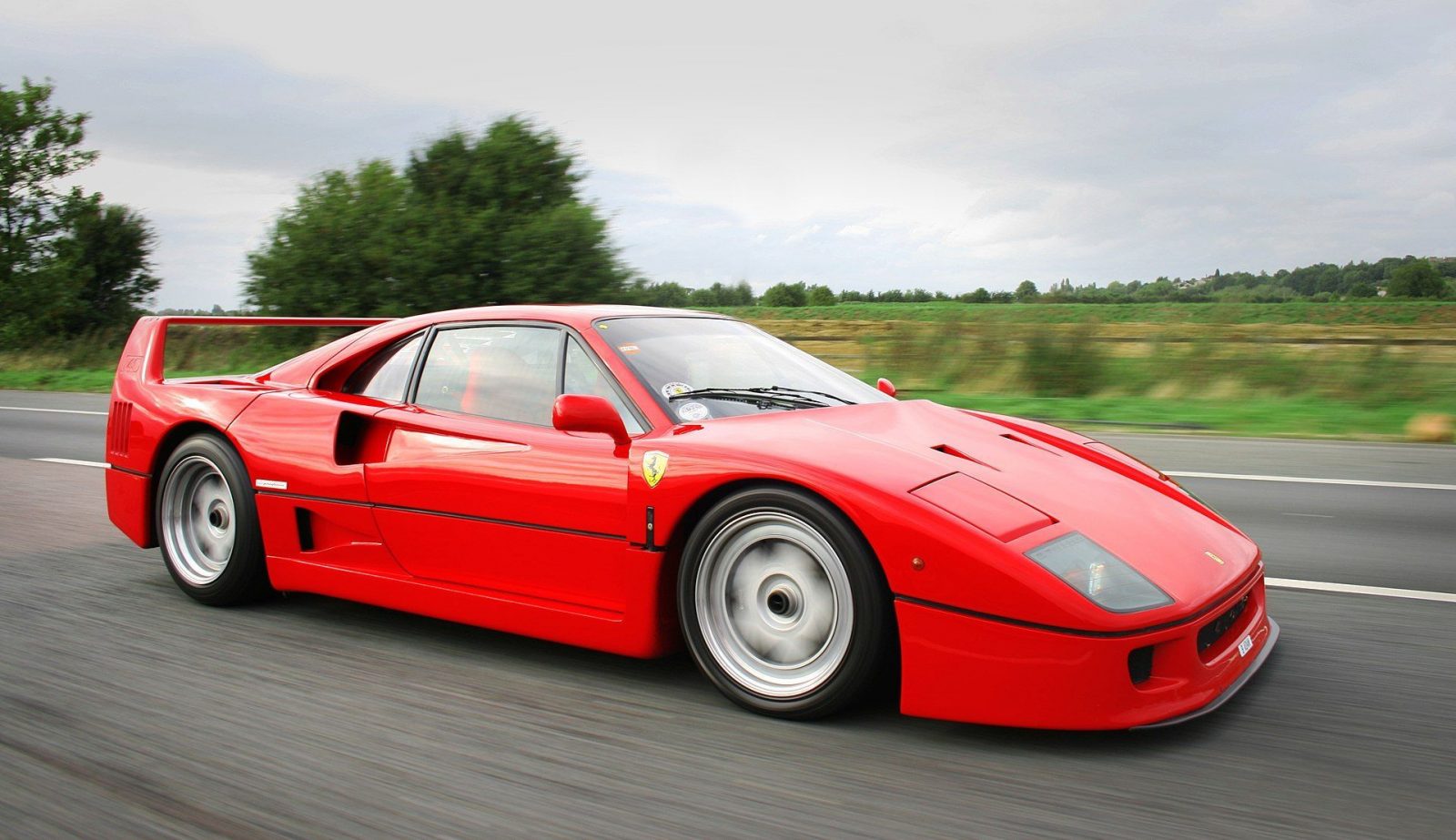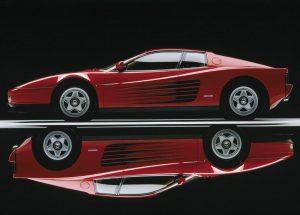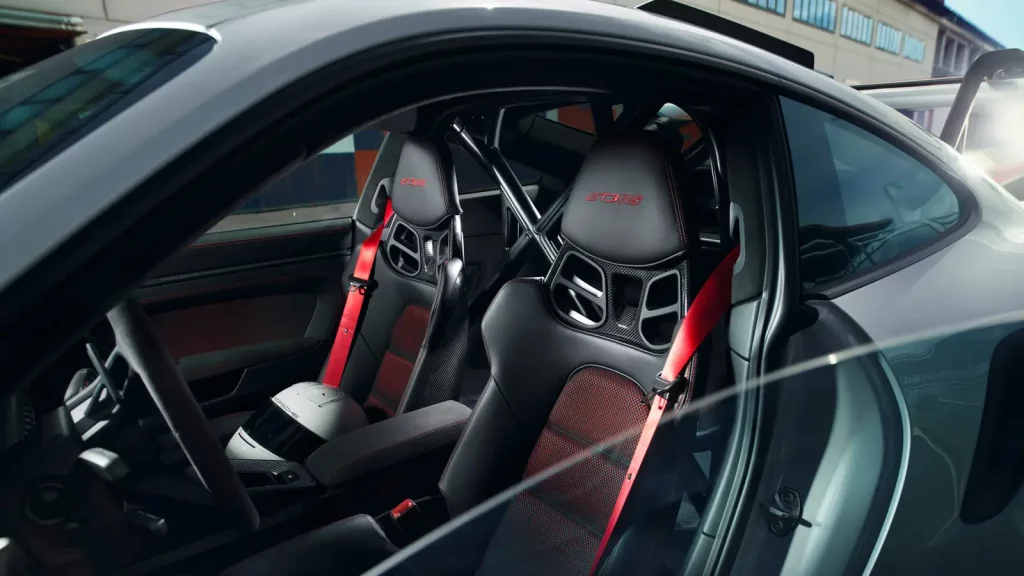
The Ferrari F40 is a car that needs no introduction. Born out of Enzo Ferrari’s desire to create the ultimate sports car, the F40 quickly became an icon of speed and style, and is still revered by car enthusiasts around the world today.
First introduced in 1987, the F40 was the last car to be personally approved by Enzo Ferrari before his death in 1988. Designed to celebrate the company’s 40th anniversary, the F40 was a no-compromise sports car that was built for one purpose: speed.
The F40 was powered by a twin-turbocharged 2.9-liter V8 engine that produced 478 horsepower and 425 lb-ft of torque. This engine, combined with the car’s lightweight body, allowed the F40 to reach a top speed of 201 mph and accelerate from 0 to 60 mph in just 3.8 seconds.
But the F40 was more than just a fast car. It was also a work of art, with a design that was both beautiful and functional. The car’s body was made entirely of carbon fiber, which helped to reduce weight and increase performance. The F40’s distinctive rear wing and large air intakes also served a practical purpose, providing downforce and cooling to the engine.
The interior of the F40 was spartan, with no luxuries or creature comforts. Instead, the focus was on the driving experience, with a minimalist dashboard and racing seats that kept the driver firmly in place during high-speed maneuvers.
Despite its high price tag and limited production run (just 1,311 F40s were built), the car was a commercial success, with all units selling out almost immediately. The F40’s popularity has only grown over the years, with collectors and enthusiasts willing to pay top dollar for a chance to own this iconic car.
Today, the Ferrari F40 is considered one of the greatest sports cars of all time. Its combination of speed, style, and engineering excellence has earned it a place in the hearts of car enthusiasts around the world. And while the F40 may no longer be in production, its legacy lives on, inspiring new generations of designers and engineers to push the boundaries of automotive technology and design.

